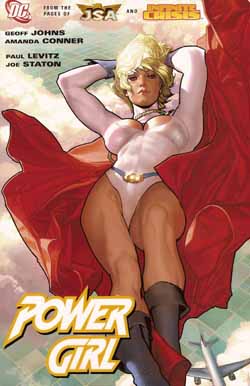 Â
Â
By Geoff Johns, Amanda Conner, Paul Levitz & Joe Staton (DC Comics)
ISBN 1-84576-280-0
Back when DC’s continuity had multiple – one could almost say infinite – Earths, there were different versions of the same character. Before Crisis on Infinite Earths rationalised all that, and long before they changed it all back again, younger writers like Gerry Conway and Paul Levitz chose to emphasise the differences between versions. So if Superman of Earth 1 (“our Earthâ€) had a cute cousin called Supergirl, the Earth 2 Man of Steel would have a raunchier (at least eventually – in her initial appearance she was just plain jailbait) more aggressive counterpart, and with her own name.
Power Girl debuted as part of the ‘All Star Squadron’ in 1975, designed by Ric Estrada and Wally Wood, and promptly became one of the most prominent members of the team, literally burgeoning into a implausibly pneumatic Amazon, consequently becoming a huge favourite with the fans, editorially assessed as being primarily male, and mostly young teens.
The first tale in this volume is from her three issue run in DC try-out comic Showcase (#97-97) in 1978. This good old-fashioned super-hero yarn featured many Justice Society guest-stars and established a new secret identity, whilst clarifying her origins. Written by Levitz, the art was by the acquired-taste art team of Joe Staton and Joe Orlando, with Dick Giordano providing a more tradition inking style for the latter parts of the tale.
After Crisis on Infinite Earths, a new origin had to be constructed for her as the multiverse became one single cosmos, where popular properties were shoe-horned into one continuity. Secret Origins #11 (1987) featured Paul Kupperberg and Mary Wilshire retooled her into a magical refugee from ancient Atlantis, and left it at that, but the illusion of change is everything in comics and as she appeared in another miniseries (not collected here), the very popular Justice League and Justice League: Europe comics and ultimately in JSA her back story grew and fluctuated. By 2006 all the inconsistencies and contradictions meant that another overhaul was on the cards.
With Infinite Crisis looming large on the DC agenda Power Girl became a major factor purely because of her continuity flaws. Reprinting relevant extracts from JSA #32 and #39, the convoluted trail leads us into her starring role in JSA Classified #1-4 (which comprises the remainder of this trade paperback).
The stage is set for a delightful adventure that combines wit and humour with an obvious love of all the minutiae of this character when writer Geoff Johns and artists Amanda Conner, Peter Snejbjerg, Patrick Gleason, Jimmy Palmiotti and Christian Alamy employ the table-turning tactic of embracing all Power Girl’s multiple identities and origin’s in a bravura piece of creative showmanship that is a guilty joy for any super hero fan. But be warned, this doesn’t resolve much: the entire show is a prelude to Infinite Crisis (which I will deal with in due course).
On its own terms this is a passable piece of eye-candy for the faithful, but might be a little daunting for new readers. If that not a problem, the stories and especially the art has a lot to offer. And of course she does have really, really large breasts.
There, that’s much clearer now isn’t it?
© 1978, 1987, 2002, 2005 DC Comics. All Rights Reserved.
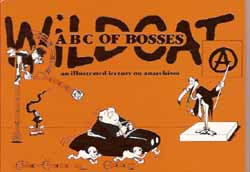

 Â
 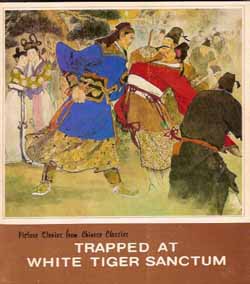 Â
 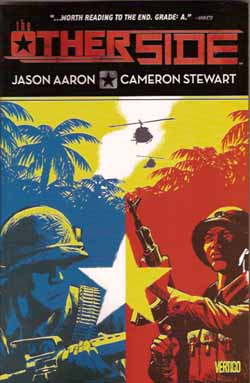 Â
 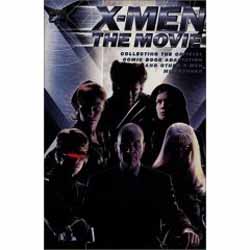 Â
 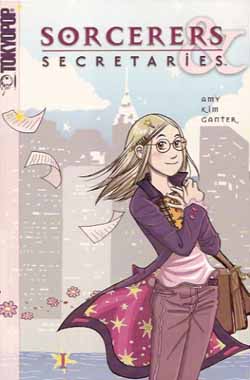 Â
 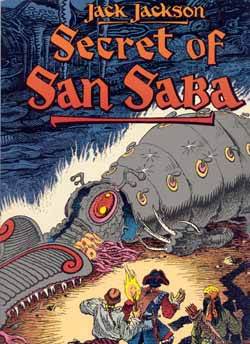 Â
  Â
 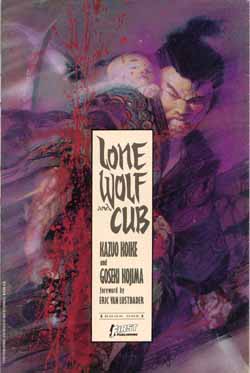 Â
 